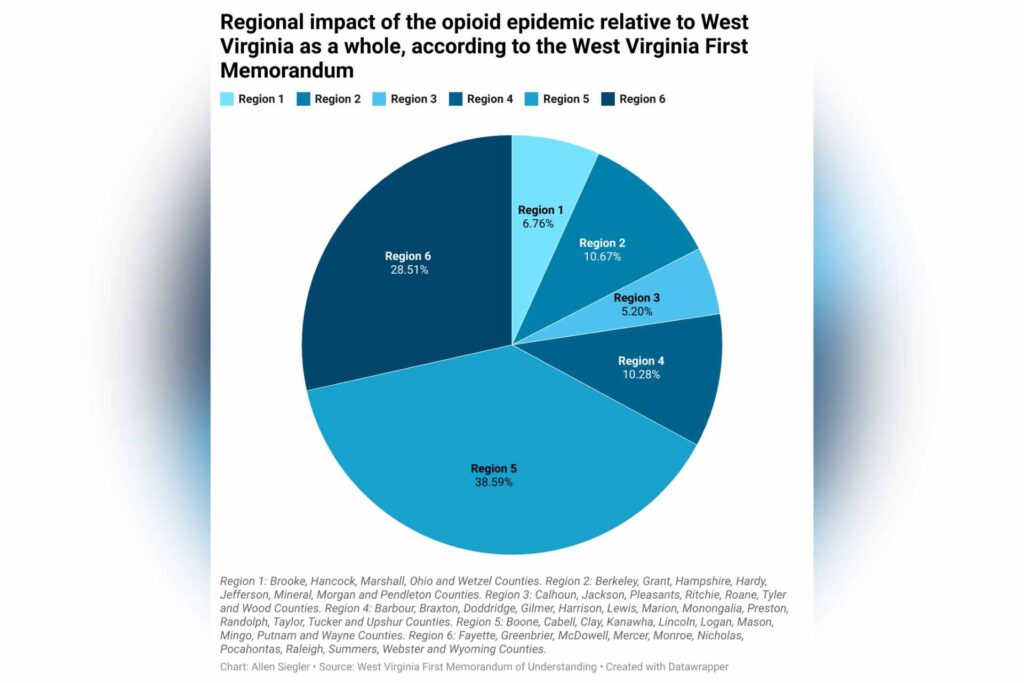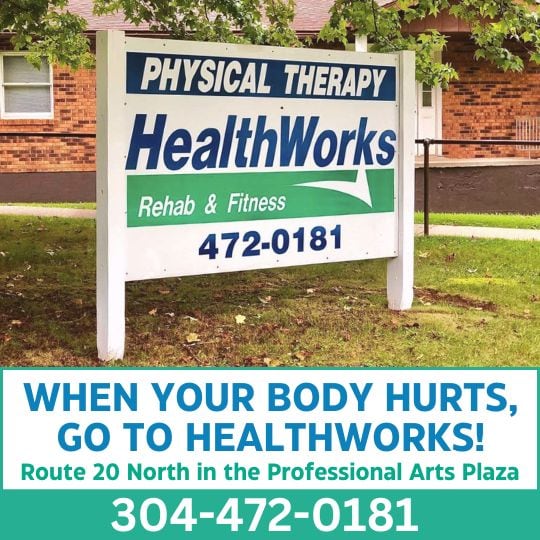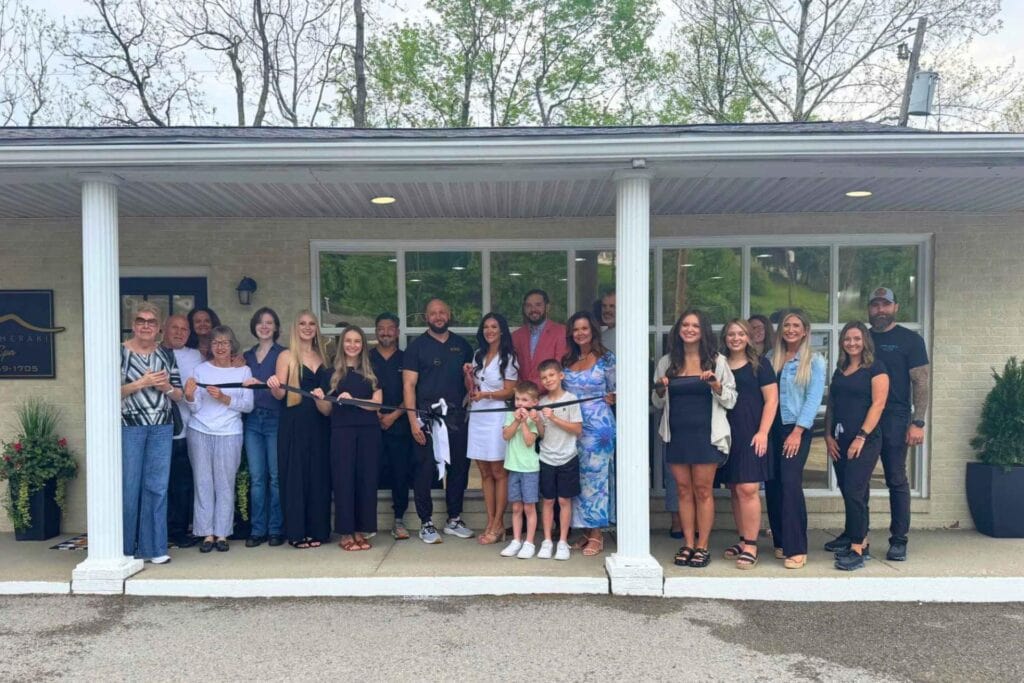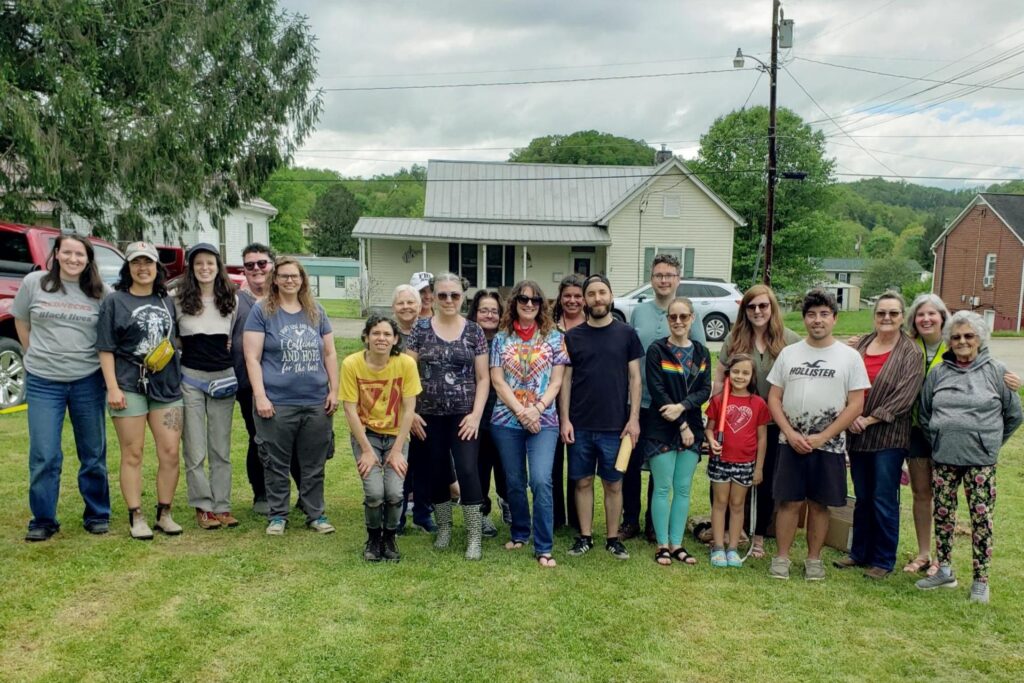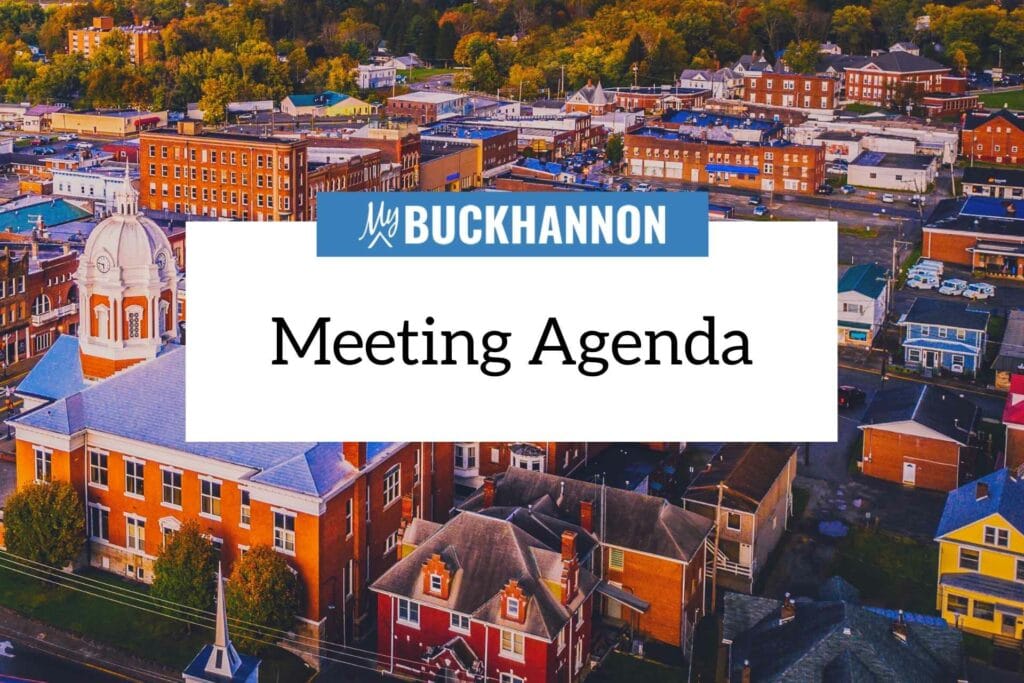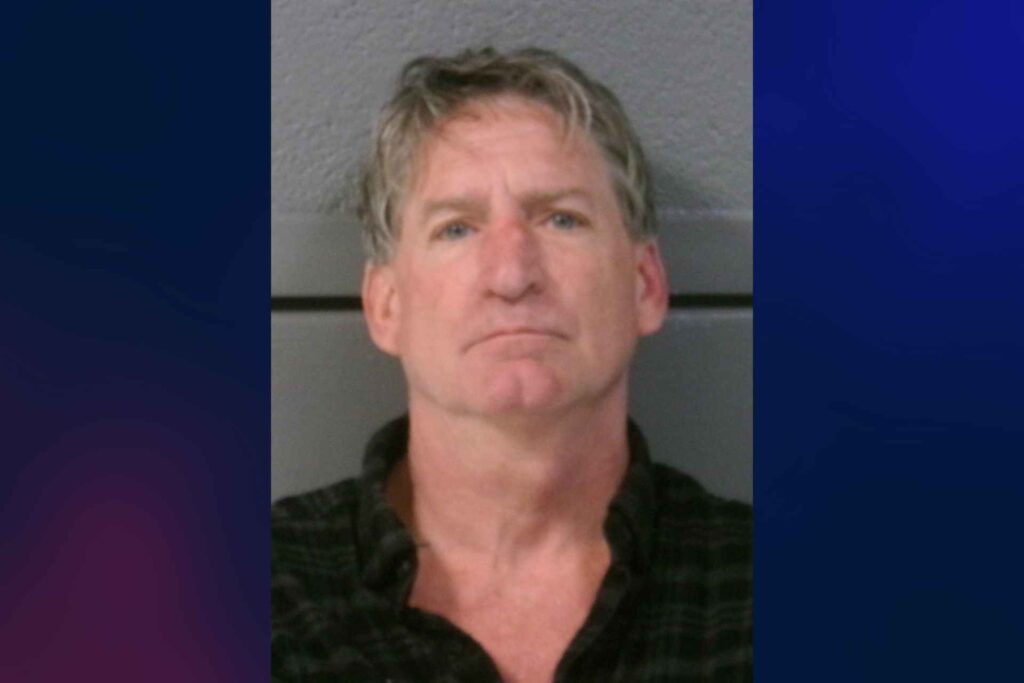Editor’s note: This story was originally published by Mountain State Spotlight. Get stories like this delivered to your email inbox once a week; sign up for the free newsletter at https://mountainstatespotlight.org/newsletter
By Allen Siegler, Mountain State Spotlight
In the coming days, local government leaders across West Virginia are set to elect five board members for the foundation tasked with managing the majority of the state’s opioid settlement funds, a sum that totals right around $1 billion as of July. The new members of the West Virginia First Foundation will join Dr. Tom Kelly, an emergency medicine physician who was elected last week, and five members chosen by Gov. Jim Justice. The governor has also indicated that he’ll make his selections “really soon.”
Selecting the right people for these positions is essential, says Drema Hill, a West Virginia School of Osteopathic Medicine professor who helped the Attorney General’s Office determine how the state can spend its opioid settlement winnings.

“It is really going to have the power to make the decisions over these funds,” Hill said. “That’s why it’s very important who is elected to be on this board.”
We break down how West Virginia local governments are choosing their board members, how the foundation can spend its settlement funds, how well those members will represent areas most impacted by the substance use crisis and how transparent the foundation’s operations will be.
How are the opioid settlement foundation board members chosen for each region?
While West Virginia Attorney General Patrick Morrisey and other state lawyers were pursuing lawsuits against pharmaceutical supply chain companies, they developed a Memorandum of Understanding for the money from the lawsuits. The memorandum guides how the state can spend this money and established governing guidelines for the West Virginia First Foundation.
The document split the state into six regions based on existing designations from the state’s Bureau for Behavioral Health. Each region will have one resident serving as a board member for the foundation.
Officials from the towns, cities and counties of each region — with the exception of people from seven small local governments that never signed on to the memorandum — can nominate one person to be their region’s board member. Once all the nominations are in, the regions will host public meetings, where representatives from each local government included will vote on the candidates.
So far, the only meeting that’s taken place has been the one for Region Six, a series of southern West Virginia counties that were targeted by prescription drug distributors. Its local elected officials selected Kelly. The other five regions will choose their representatives on July 12 and July 13.
Who can be nominated?
The memorandum says board members should have expertise that could be helpful for guiding the foundation; examples range from substance use treatment practitioners to people experienced in finance.
A letter from Morrisey’s office to local governments says that nominating current elected officials is “highly discouraged.” According to his press secretary, that’s an attempt to prevent the selection from becoming political.
But that hasn’t stopped local governments from nominating elected officials. Mercer County Commissioner Greg Puckett was nominated for Region Six’s board seat but ultimately not selected.
In Region Three, an area made up of counties in the Mid-Ohio Valley, Parkersburg Mayor Tom Joyce will be on the ballot. Over the past two years, Joyce has, contrary to local data, attributed rises in Wood County crime to local substance use treatment efforts and successfully lobbied for state legislation that prevents Wood County from adding more treatment facilities. He did not respond to phone and email interview requests for this story.
Vienna Mayor Randall Rapp, who nominated the Parkersburg mayor for the board, cited Joyce’s professional experience working for hospitals as a major reason why he nominated him.
“I just think that [with] his background and his character, Tom will do the right thing,” Rapp said.
Wood County Commissioner Blair Couch was less comfortable with the prospect of Joyce as the Region Three representative. His commission nominated Westbrook Health Services president Kevin Trippett, and Couch said he would prefer someone like Kelly.
“I think politicians can be swayed more than a doctor from Raleigh County,” Couch said.
Will the foundation board be fair to the places most impacted by the crisis?
The money will be split according to a formula that assigns percentages — based on a municipality’s population, number of prescription pain pills received, and overdose death count — of how much of West Virginia’s total opioid crisis took place in an area.
For example, the formula determined that about 9% of the total crisis took place in Cabell County and Huntington. It calculated a similar estimate for Kanawha County and Charleston.
But each region will still only get one vote on the foundation. That means that despite the calculation that Region Five, which includes both Kanawha and Cabell counties, was affected more than other regions, it will have the same vote on the board as Couch’s Region Three.
“How can you have Cabell and Kanawha in the same region?” Couch asked. “Those two big ass counties, who have suffered a lot through the opioid [epidemic], are going to have one vote on this 11-member panel.”
How transparent will the foundation be?
Drema Hill says the West Virginia First Foundation is being set up as a private nonprofit to discourage the funds from being politicized and misused. But this has raised questions about whether the foundation will be subject to the same rules as government organizations.
Morrisey’s press secretary did not respond to phone and email questions asking whether the foundation will be subject to the state’s Freedom of Information Act. But courts have previously ruled that private foundations created by state authorities are subject to the law, according to Suzanne Weise, a West Virginia University law professor who specializes in government transparency.
A list of “frequently asked questions” developed by the Attorney General’s Office says that the foundation won’t be subject to the state’s Open Meetings Act. The memorandum does say that all meetings related to the foundation should be open to the public and gives the state’s attorney general the power to audit it. But some local government officials have already raised concerns about whether those provisions will create enough accountability for the organization.
How will the foundation spend the settlement money?
Once the attorneys’ fees for the settlements are finalized, the West Virginia First Foundation will be responsible for managing hundreds of millions of dollars. The board members are supposed to invest the majority of that sum, but the memorandum also instructs them to distribute 20% of the foundation’s yearly budget to the six regions each of the next seven years.
Each regional board member will also double as their area’s director; that job entails leading regional governing groups that decide how their shares of the money get spent. The foundation’s board members will collectively be responsible for determining the process by which West Virginia government and non-government organizations can apply for regional funds.
Conny Priddy, the program coordinator of Huntington’s Quick Response Team, is confident the money will help reduce the damage of the state’s opioid crisis. But she worries it won’t be enough.
In the 2021 trial that pitted Huntington and Cabell County against drug distribution companies, an epidemiologist and a forensic economist estimated that it would take $2.5 billion just to address the problem in that county. In the wake of U.S. District Judge David Faber’s ruling in favor of the drug distributors, lawyers for Huntington and Cabell have appealed the decision to the 4th U.S. Circuit.
Now, the foundation will only have access to a portion of $1 billion to address problems throughout the entire state. Priddy said some money is better than nothing, but she doesn’t know what impact it will ultimately have for the West Virginia families who have suffered the most.
“I hate to say it, but you can’t throw a little bit of money at it and then expect the problem to go away,” she said. “It has become generational.”
(Disclaimer: Weise is the secretary of Mountain State Spotlight’s Board of Directors).
Reach reporter Allen Sielger at allensiegler@mountainstatespotlight.org.
